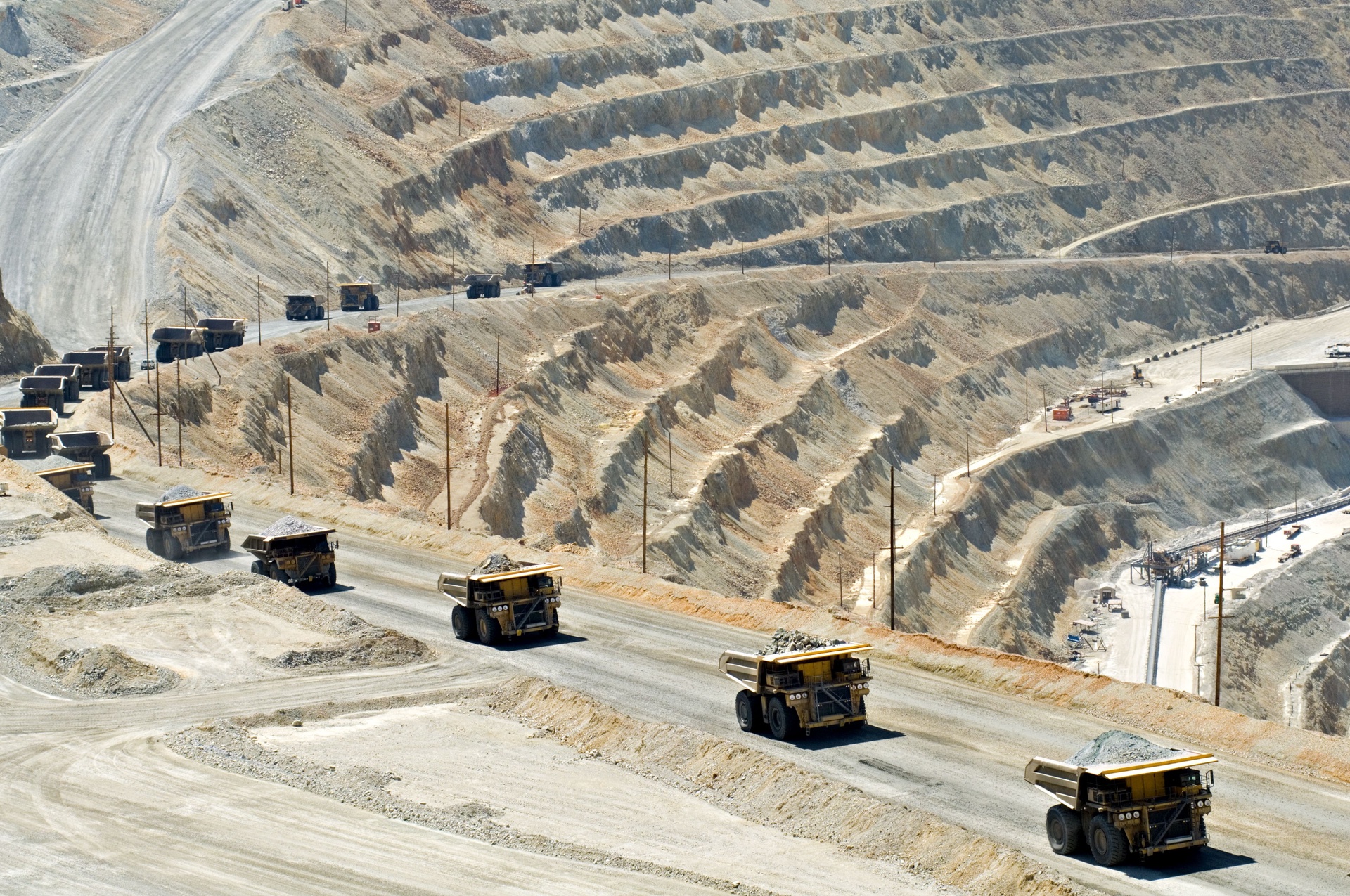Institutional investors are increasingly turning to real assets to increase investment returns and manage macro-environment risks, but would rethink allocations if interest rates rose significantly, according to a new survey from Blackrock.
The survey polled 201 executives on their attitudes and allocations to real assets. It found 46 per cent of respondents had increased allocations to real estate, infrastructure, commodities, timber and farmland in the past three years, while 60 per cent expect to do so in the next 18 months.
“Increasing life expectancies around the world are causing institutions to seek longer-dated assets to match their mounting liabilities. We believe real assets can provide this match, while also delivering attractive yields in the current environment. The growing number and magnitude of recent real asset allocations clearly represents more than short-term, tactical decisions. We believe real estate, infrastructure and other real assets will become core to investors’ portfolios over the next few years,” says Matt Botein, global co-head and CIO of Blackrock Alternative Investors
Survey results show that real estate continues to gain traction amongst investors, but sectorial and geographical distinction, along with a clear definition of objectives, remains crucial to rewarding risk exposure.
Real estate was the most common form of real asset investments - 96 per cent of respondents currently invest - with 59 per cent of them opting for a conservative exposure to the asset class through core equity.
That said, many investors are also increasing allocations to value-added equity (47 per cent) and opportunistic equity strategies (34 per cent), which are more capital intensive forms of real estate investing and have higher potential return profiles.
Low rates have been a tailwind for real-asset investments. Nearly half (47 per cent) of respondents say that low interest rates influence their investments. Almost two-thirds (62 per cent) said they would rethink some of their allocations to real assets if a ‘significant’ rise in interest rates were to occur.
This sensitivity to interest rates varied by sector: 59 per cent of respondents believed their real estate to be most sensitive to rising rates, compared with 41 per cent and 33 per cent concerned about infrastructure and commodities exposure respectively.
“According to the survey results, the main draw of real assets generally, and property in particular, has been the ability to provide a stable income in this ultra-low yield environment. Investors are becoming increasingly concerned about the impact of central bank policies and the subsequent impact on interest rates on property markets, “ says Marcus Sperber, global head of Blackrock Real Estate.
“This is leading the majority of respondents to say that a significant rise in interest rates would cause them to rethink some of their allocations to real assets. However, one of BlackRock’s key 2015 themes is that nominal risk-free rates should stay low for longer. Even if central banks tighten monetary policy, we would anticipate property to continue to provide a good protection against inflation, as these actions should be accompanied by strong economic growth and improving employment rates all of which are supportive of real asset fundamentals,” Sperber says
Infrastructure is a comparatively less mature than other real assets examined by the survey but faster-growing category with 66 per cent of respondents owning assets. A large number of investors are interested in additional equity investments (72 per cent) while the newly emerging institutional infrastructure debt opportunity is already on the radar of many investors (38 per cent). Of those that are expecting to increase allocations, 51 per cent are at least somewhat interested in brownfield (existing) projects compared to 23 per cent that are interested in newer ’greenfield’ projects.
“The message we hear repeatedly, all over the globe, is that governments are looking to partner with private investors to fund critical projects. The scale of the infrastructure need globally presents great opportunities, in our opinion, for investors who are looking for long-term income streams. While more conservative strategies such as developed market brownfield investments remain preferred by most investors, we saw significant interest in emerging markets with 45 per cent of respondents considering an allocation in the next 18 months, perhaps reflecting increased sophistication of investors already active in the asset class,” says Jim Barry, Global Head of Blackrock Infrastructure Investment Group.
Inflation protection is one of the main reasons investors owned real assets. Of the respondents who are increasing investment in infrastructure, 29 per cent cite inflation protection as their motivation.
“Many institutional investors are exceptionally overweight financial assets and underweight real assets. Expected inflation tends to be priced into nominal returns. Unexpected inflation is, however, exactly what one wants to guard against. Put another way, the time to buy insurance is not when one's house is on fire, but rather when fire is broadly thought to be impossible. We believe that investors in real assets today are generally able to obtain competitive returns while benefitting from significant inflation protection,” Botein says.









